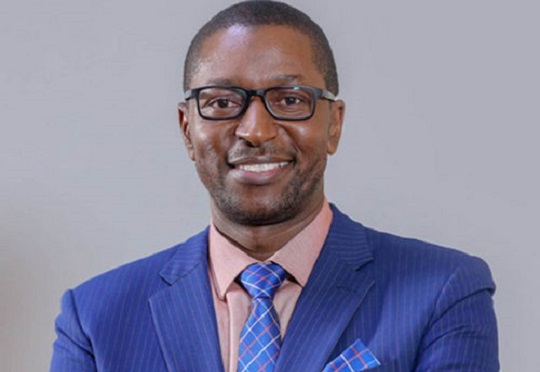Samsung Electronics East Africa Ltd (Samsung) has partnered with leading home appliances store Housewife’s Paradise to collect e–waste for recycling as part of a joint effort on environmental conservation. The collection of e-waste will begin in Nairobi and then be scaled up to the rest of the country by the end of the year. This comes as the world marks the United Nations World Environment Day that seeks to encourage worldwide awareness and action to protect the environment.
Under the e-waste management program, Housewife’s Paradise will collect Samsung brand-only e-waste at a customer’s preferred time and date via the mobile number 0110730305. Housewife’s Paradise will pick up the e-waste in different areas in Nairobi which will then be delivered to WEEE Centre the official Samsung recycling partner in Kenya. The e-waste will then be discarded as per set global standards.
While celebrating World Environmental Day, Samsung is prompting customers to dispose of their e-waste properly through the right channels in order to safeguard our environment for future generations.
“We have been dedicated to responsible e-waste management for the last few years and we now want to scale it up to ensure that we minimize any negative environmental impact of our products. This includes taking responsibility for the end-of-life phase of our products to prevent environmental harm. Our e-waste program and recycling program are an important part of this commitment,” said the Head of Service Division at Samsung, Mr. Ronald Mitei.
The Government of Kenya passed the Sustainable Waste Management Act,2022 that establishes the legal framework for sustainable waste management. This would ideally require electronics manufacturing companies operating in Kenya to take responsibility for the pollution their products cause during their entire product life cycle. According to the global e-waste monitor report of 2020, 53.6 million metric tonnes of e-waste were produced each year. If left unchecked, this could double to 120 million tonnes by 2050. Globally, only 17.4 percent of e-waste is managed appropriately. Kenya’s annual electronic waste generation grew from 3,000 metric tonnes in 2012 to 51,000 metric tonnes in 2021.
“Samsung is strongly committed to proper e-waste disposal and we believe in safeguarding our environment through responsible disposal and recycling of electronic waste, transforming it from being hazardous to beneficial. Working together with our partners, we can ensure that waste is not just discarded, but transformed into reusable materials. This collaboration embodies our shared dedication to sustainable practices, conservation, and the health of our planet,” further added Mr. Ronald Mitei.
Electronic waste is a growing worldwide issue as more and more devices are produced, used, and discarded. Disposing of e-waste properly is important because it often contains hazardous materials that can be harmful to the environment and to human health if not managed correctly.
“As a responsible home appliance retailer, we understand the importance of proper e-waste disposal. It’s not just about selling new appliances; it is also about ensuring that the old ones are retired in a way that is safe for our environment. That is why we are devoted to providing our customers with easy access to responsible recycling options, and encouraging the sustainable disposal of electronic products,” said the Managing Director of Housewife’s Paradise, Mr. Zul Jamal.
In September 2022, Samsung Electronics announced its global environmental strategy, a comprehensive effort to join global endeavors in tackling climate change. This environmental commitment encompasses an enterprise-wide application to enhance resource circularity throughout the entire product lifecycle, from raw material sourcing to recycling and disposal. The plan also details investments in new technologies to reduce emissions from processed gases as well as to reduce power consumption in consumer products.














